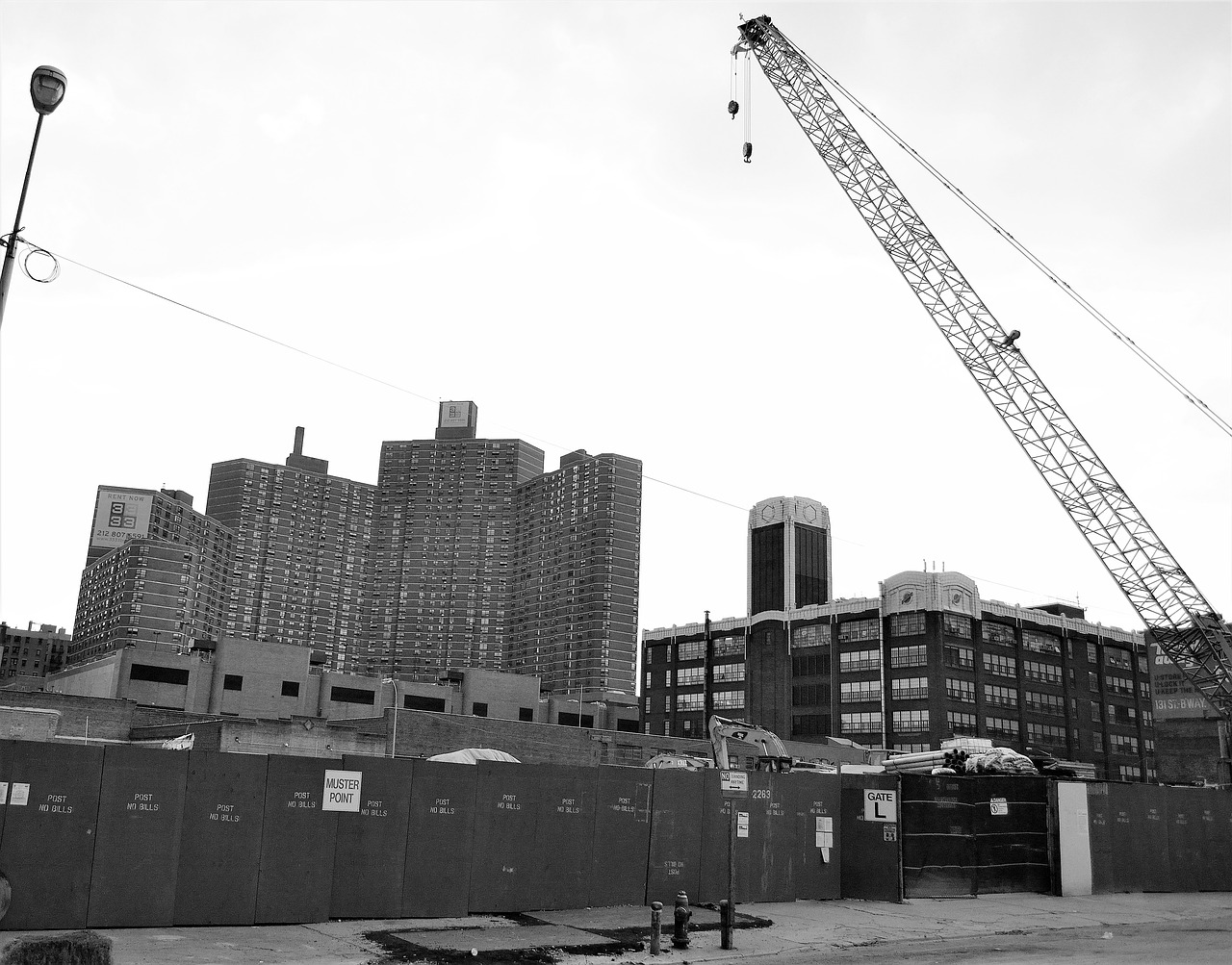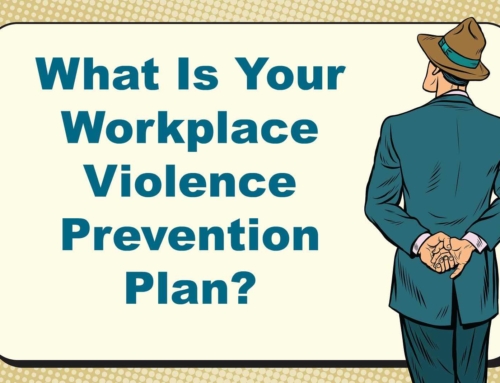Do You Provide Workplace Violence Safety for Your Team?
Here at Fiore Group Training Inc., we specialize in developing and delivering workplace violence safety training sessions.
And we’ve been doing it for quite some time.
BC Ferries Trains Workers for a Safe Workplace
My very first client was the BC Ferry Services—one of the world’s largest passenger ferry organizations. They employ over 4,000 staff members. They work up and down the length of the province, serving up to 47 ports on 25 routes throughout coastal British Columbia.
As you may have guessed, there is a massive variety of working locations— from routes serving the communities on smaller islands, to the bustling terminals adjacent to larger cities.
Each employer has the responsibility to provide a safe workplace is foremost in how the company operates. However, creating a policy and protocols that take into account each of the 47 ports can be a complicated process.
And to help determine appropriate policies, a risk assessment needed to be completed first. Determine the specific risks for your organization. A risk assessment must take into account the various work factors, processes, and interactions that happen in the workplace.
Criminal Victimization (Workplace Violence Safety) in the Workplace – Who is at Higher Risk?
When examining Criminal Victimization in the Workplace, Statistics Canada and the Canadian Centre for Occupational Health & Safety found there are definitely certain work factors, processes, and interactions that can put employees at an increased risk of workplace violence.
Let’s take a look at some of those examples:
- Working directly with the public Employees who provide a product or service and deal directly with clients in a fixed location – such as workers in retail stores, gas stations, factories, manufacturing facilities, office environments, and health care facilities or clinics – may be at higher risk.
- Handling money, valuables, or prescription drugs (e.g. cashiers, pharmacists): Workers who handle cash in a fixed location – such as cashiers in retail stores, gas stations, etc., and anyone maintaining petty cash and making cash deposits – may be at higher risk.
- Carrying out inspection or enforcement duties (e.g. government employees)
- Providing service, care, advice or education (e.g. health care staff, teachers)
- Working with unstable or volatile persons (e.g. social services or criminal justice system employees) Workers who provide services or products to persons with physiological, psychological, and psychiatric conditions or substance abuse issues – such as caregivers, parole officers, police officers, corrections officers, youth officers or social workers – may be at higher risk.
Further Considerations
- Employed on premises where alcohol is served (e.g. food and beverage staff)
- You are on your own or in small numbers (e.g. store clerks, real estate agents) Workers at a fixed location who work alone or with very few others – such as workers at retail stores, gas stations, factories, office environments, and health care facilities or clinics – may be at higher risk.
- Isolated or low traffic areas (e.g. washrooms, storage areas, utility rooms)
- Working in community-based settings: Those who work in the community and provide services in private homes and dwellings – such as home support staff, caregivers, home service/repair personnel, real estate agents, insurance agents, or salespeople – may be at higher risk.
- Having a mobile workplace Workers who travel in a vehicle most of their workday to provide a service and who may have limited communication with their employers – such as salespeople, consultants, auditors or contract accountants – may be at higher risk.
- Employed during periods of intense organizational change (e.g. strikes, downsizing)
- The everyday worry of job insecurity The number of people holding casual or precarious jobs is increasing. In many cases, this kind of work situation can place the worker at particular risk of violence due to the perception that their status in the workplace is not valued as much as other full-time positions.
Location of the Workplace May Increase Risk
Furthermore, the risk of violence may increase depending on the geographic location of the workplace. For example, if staff work near buildings or businesses that are at risk of violent crimes (e.g. bars, banks). It could be that they are located near isolated or abandoned buildings.
Although risk assessment templates are available to use as a starting point, you must ensure that you have a clear understanding of where and under what circumstances the work is being conducted.
Evaluate the history of violence in your business or location. But don’t stop there. Ask employees about their experiences and whether they are concerned for themselves or others.
Consider Doing A Risk Assessment of the Workplace to Begin Your Process
The workplace violence safety risk assessment process should also involve reviewing any incidents of violence. We can consult existing incidents reports, first aid records, and health and safety committee records.
But don’t stop there. Be sure to conduct a visual inspection of your workplace and the work being carried routine. Include workplace design and layout, administrative practices, and work practices.
This, by the way, is just the start of the list of things that should be considered when diving into a risk assessment of your workplace.
Feeling overwhelmed? Imagine how the BC Ferry Services felt.
But worry not. I’ll be here with more information on workplace violence prevention. You can rest assured that in time, you will be taking everything into account to keep your staff as safe as possible.






